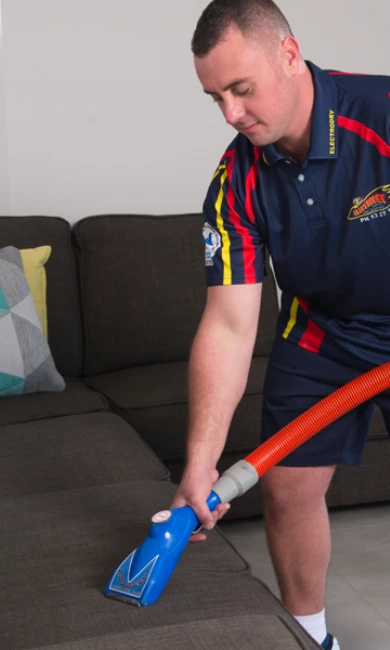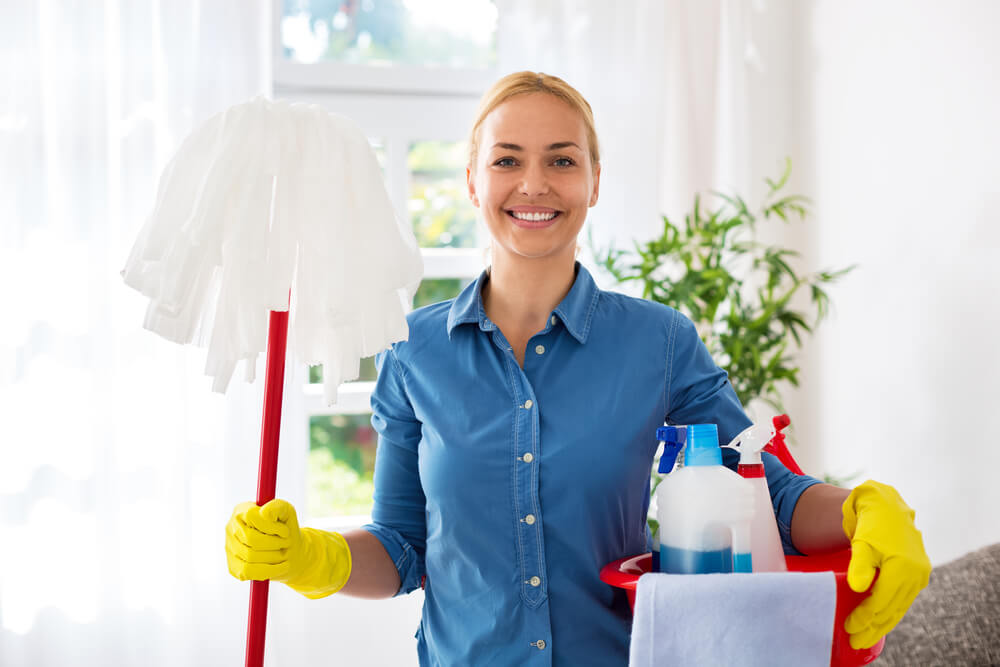Exactly how to Keep Your Home Sanitary: Everyday Cleaning Tips for Defrosted and Cleaned Every Few Months
Exactly how to Keep Your Home Sanitary: Everyday Cleaning Tips for Defrosted and Cleaned Every Few Months
Blog Article
Comprehending the Requirement for Thoroughly Sanitizing and Sanitizing Often Touched Surface Areas in High-Traffic Locations
In the realm of public wellness and safety, the thorough sanitation and sanitization of often touched surface areas in high-traffic areas stand as paramount procedures in preventing the spread of dangerous pathogens. The importance of this practice extends far past plain tidiness, delving into the realm of illness avoidance and area well-being. By checking out the different elements of surface area sanitation, from the threats related to ignoring cleansing methods to the reliable approaches that can be employed, a clearer understanding emerges of the important function these methods play in guarding public health and wellness. As we navigate this discussion, it becomes apparent that the effects of comprehensive surface disinfection reverberate not only within the confines of a certain setting yet likewise resonate on a wider range, affecting the health and wellness of individuals throughout varied public settings.
Relevance of Surface Area Disinfection
Stressing the extensive disinfection of high-traffic surface areas is vital in preserving a sanitary environment and avoiding the spread of dangerous microorganisms. High-touch surface areas such as door manages, light switches, lift buttons, and counter tops act as reproducing grounds for viruses and microorganisms. Routine sanitation of these surfaces is crucial to decrease the threat of contamination and transmission of illnesses.
By carrying out a robust sanitation protocol, organizations and services can create a much safer environment for customers, workers, and visitors. Appropriate surface disinfection not just mitigates the spread of infectious illness however also imparts self-confidence in the sanitation and safety of the premises. This positive strategy demonstrates a dedication to health and wellness, which is especially essential in high-traffic locations where the possibility of exposure to microorganisms is increased.
In addition, surface disinfection plays a crucial role in overall infection control strategies. Incorporated with hand health techniques, putting on masks, and keeping physical distancing, thorough disinfection of high-touch surfaces forms an extensive defense against the transmission of hazardous bacteria. Prioritizing surface disinfection is an essential component of an alternative strategy to wellness and safety and security in common areas.
Dangers of Ignoring Cleaning Practices
Overlooking comprehensive disinfection of high-traffic surface areas dramatically enhances the danger of viral and bacterial contamination, posturing a serious danger to the health and wellness of individuals often visiting these areas. Failure to implement correct cleaning practices can bring about the buildup and spread of damaging microorganisms, including microorganisms and viruses, on often touched surfaces such as doorknobs, hand rails, lift switches, and counter tops.

In addition, overlooking the importance of complete cleansing not only endangers the well-being of people but additionally threatens efforts to preserve a clean and sanitary environment. It is vital to recognize the value of proper sanitation procedures in stopping the spread of infections and safeguarding public wellness.
Effective Disinfection Approaches
To maintain optimum cleanliness and minimize the threat of contamination on high-traffic surfaces, utilizing efficient disinfection techniques is crucial. One of one of the most reliable and usual disinfection techniques is making use of chemical anti-bacterials. These products can vary in toughness and composition, with some targeting particular virus like germs or infections. It is important to adhere to the supplier's directions for correct dilution, call time, and air flow when using chemical disinfectants to guarantee their performance - Vacuum Carpets.
One more efficient technique is the usage of UV-C light. UV-C light has been shown to be effective in killing a broad range of bacteria by disrupting their DNA structure, hence stopping them from replicating. However, it is essential to make use of UV-C light effectively, ensuring that the proper strength and direct exposure time are related to accomplish the desired sanitation outcomes.
Furthermore, utilizing steam cleaning as a disinfection method can be extremely efficient, especially on surfaces that are heat-resistant. Vapor can permeate permeable surfaces and eliminate microorganisms, viruses, and various other pathogens successfully. When utilizing heavy steam cleansing, it is very important to ensure that the surface area gets to the required temperature level for an adequate quantity of time to guarantee appropriate sanitation.
Impact on Public Health
The upkeep of high criteria of cleanliness and disinfection on high-traffic surfaces plays an essential role in safeguarding public health and wellness. Often touched surfaces in areas with high footfall, such as doorknobs, handrails, lift switches, and toilet centers, offer as reproducing grounds for harmful microorganisms.
In high-traffic areas like flight terminals, institutions, medical facilities, and public transportation systems, the influence of rigorous sanitation steps can not be downplayed. Prioritizing the sanitization of regularly touched surfaces is an aggressive method to advertising public wellness and improving the security of people in shared rooms.
Executing Routine Cleaning Up Methods
Quickly setting up and adhering to a regular schedule of cleaning protocols is vital for maintaining the tidiness and safety and security of high-traffic surfaces. Normal cleaning methods are important in protecting against the accumulation of bacteria and virus on regularly touched surfaces, particularly in locations with high foot traffic. By executing a systematic method to cleansing, organizations can successfully lower the risk of illness transmission and produce a healthier atmosphere for staff members, customers, and the public.
To establish an efficient cleansing schedule, it is important to recognize high-traffic locations that require frequent attention. These areas might consist of doorknobs, hand rails, elevator buttons, restroom facilities, and shared tools. Executing a regular cleaning regimen that targets these surface areas several times a day can substantially reduce the spread of hazardous germs and viruses.
Additionally, using ideal cleaner and anti-bacterials is vital to ensuring that surfaces are thoroughly sanitized. Regular training of cleaning staff on proper cleansing methods and the value of adherence to the cleaning routine is additionally vital in preserving a sanitary setting. By prioritizing consistent cleansing methods, organizations can advertise the health and wellness of people who communicate with these high-traffic surface areas.

Verdict
In final thought, Scrub the Surfaces it is important to prioritize complete sanitation and sanitization of often touched surfaces in high-traffic locations to avoid the spread of damaging virus and maintain public wellness. Overlooking appropriate cleaning methods can raise the danger of contamination and transmission of diseases. By carrying out routine cleansing methods and utilizing reliable sanitation approaches, we can create a much safer atmosphere for everyone (Vacuum Carpets). It is imperative to acknowledge the relevance of keeping tidy surface areas in high-traffic locations to ensure the health of the neighborhood.
In the realm of public health and wellness and safety and security, the careful sanitation and sanitization of often touched surfaces in high-traffic areas stand as vital measures in avoiding the spread of dangerous microorganisms. By checking out the different facets of surface disinfection, from the threats associated with neglecting cleansing methods to the reliable methods that can be employed, a clearer understanding arises of the essential role these methods play in guarding public wellness.Additionally, utilizing vapor cleaning as a disinfection method can be extremely effective, especially on surface areas that are heat-resistant. When using steam cleaning, it is crucial to guarantee that the surface reaches the required temperature for a sufficient amount of time to ensure appropriate sanitation.
In verdict, it is important to focus on extensive disinfection and sanitization of frequently touched surfaces in high-traffic locations to prevent the spread of damaging microorganisms and preserve public wellness.
Report this page